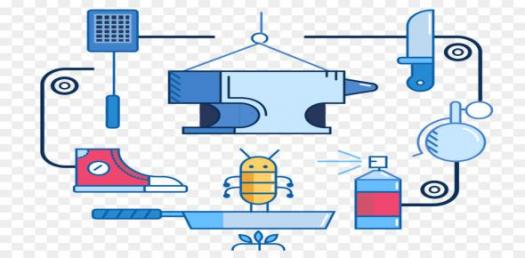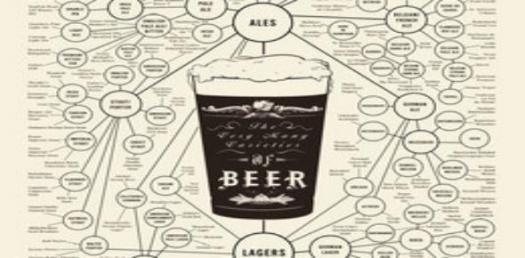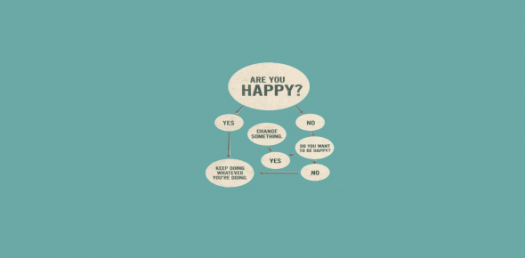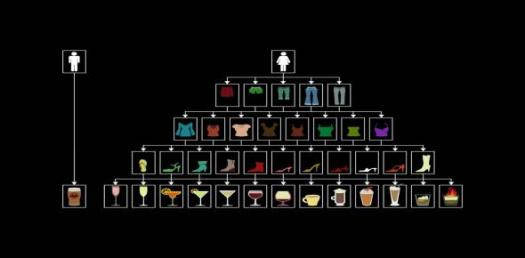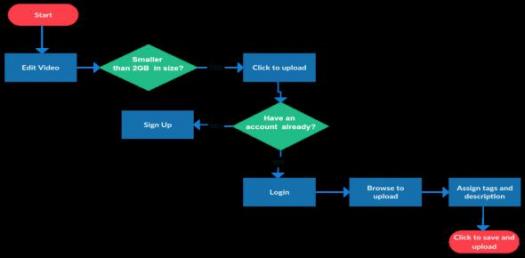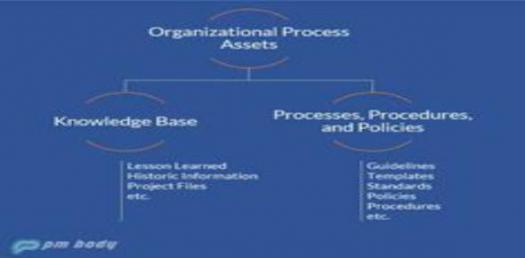Do You Have Basic Idea About Flowchart?

Flowcharts are used by computer scientists in the analysis, documentation, and design of different programs. Flowcharts carry several meaning and this is because of the number of symbols used in them. Do you know the symbols for on-page connector, off-page connector, and period? Attempt this quiz if you understand what a flowchart is!
- 1.
What do flowcharts represent?
- A.
Tasks
- B.
Relationships
- C.
Workflow
- D.
Power
Correct Answer
C. WorkflowExplanation
Flowcharts represent the sequence of tasks or steps involved in a process or system. They visually depict the flow of information, materials, or actions from one step to another. Flowcharts are used to analyze, design, and document processes, making them an effective tool for understanding and improving workflows. They show the relationships between different tasks or activities, allowing for better communication and coordination within an organization. Power is not a correct answer as flowcharts do not represent power dynamics or authority.Rate this question:
-
- 2.
How many are the most common types of boxes in a flowchart?
- A.
Two
- B.
Nine
- C.
Four
- D.
Five
Correct Answer
A. TwoExplanation
A flowchart typically consists of two main types of boxes: process boxes and decision boxes. Process boxes represent actions or steps in a process, while decision boxes represent choices or conditions that determine the flow of the process. These two types of boxes are the most common and essential elements in a flowchart.Rate this question:
-
- 3.
Which of these is not a type of box used in flowcharts?
- A.
Rectangular box
- B.
Processing flow
- C.
Activity
- D.
Diamond
Correct Answer
C. ActivityExplanation
The given question asks for the type of box that is not used in flowcharts. The options provided are rectangular box, processing flow, activity, and diamond. A rectangular box is commonly used in flowcharts to represent a process or step. A processing flow is also a type of box used to depict the flow of data or information. A diamond is used to represent a decision point in a flowchart. However, an activity is not a type of box used in flowcharts. Therefore, the correct answer is Activity.Rate this question:
-
- 4.
Who defined the flowchart as one of the seven basic tools of quality control?
- A.
Kaori Ishikawa
- B.
Isaac Newton
- C.
Martin Euler
- D.
John Dalton
Correct Answer
A. Kaori IshikawaExplanation
Kaori Ishikawa is credited with defining the flowchart as one of the seven basic tools of quality control. She was a Japanese organizational theorist and professor at Musashi Institute of Technology. Ishikawa believed that flowcharts were essential in visualizing and analyzing processes, identifying inefficiencies, and improving quality control. Her contribution to quality management and the development of the flowchart tool has made her an influential figure in the field.Rate this question:
-
- 5.
How many are the basic tools of quality control?
- A.
Five
- B.
Nine
- C.
Seven
- D.
Ten
Correct Answer
C. SevenExplanation
There are seven basic tools of quality control. These tools are used to identify and solve quality-related issues in various industries. They include the Pareto chart, cause-and-effect diagram, control chart, histogram, scatter diagram, flowchart, and check sheet. These tools help in analyzing data, identifying root causes of problems, monitoring processes, and making informed decisions to improve quality and efficiency.Rate this question:
-
- 6.
Which of these is a tool for quality control?
- A.
Histogram
- B.
Check sheet
- C.
Power chart
- D.
Control chart
Correct Answer
C. Power chartExplanation
A power chart is a tool used in quality control to analyze and monitor the performance of a process. It helps in identifying any variations or abnormalities in the process and allows for corrective actions to be taken. The power chart displays the data in a graphical format, making it easier to identify trends and patterns. This tool is commonly used in industries to ensure consistent quality and improve overall process performance.Rate this question:
-
- 7.
Which of these contain both bar and line graphs?
- A.
Flow chart
- B.
Histogram
- C.
Check sheet
- D.
Pareto chart
Correct Answer
D. Pareto chartExplanation
A Pareto chart is a type of graph that contains both bar and line graphs. The bars represent the frequency or count of different categories, while the line graph shows the cumulative percentage of the total. This combination of bar and line graphs allows for a visual representation of the most significant categories or factors that contribute to a problem or situation.Rate this question:
-
- 8.
What quality control tool is used to collect data in real-time?
- A.
Pareto chart
- B.
Histogram
- C.
Control chart
- D.
Check sheet
Correct Answer
D. Check sheetExplanation
A check sheet is a quality control tool used to collect data in real-time. It is a simple form or document that is designed to gather and record data in a structured manner. It allows users to easily tally and categorize data as it is collected, making it a useful tool for tracking and analyzing trends or patterns. Unlike other tools like Pareto chart, histogram, or control chart, a check sheet is specifically designed for data collection purposes.Rate this question:
-
- 9.
What quality control tool is also known as Shewart chart?
- A.
Control chart
- B.
Histogram
- C.
Check sheet
- D.
Scatter diagram
Correct Answer
A. Control chartExplanation
A control chart is a quality control tool that is also known as a Shewart chart. It is used to monitor and control a process over time by graphing data points and comparing them to predetermined control limits. This tool helps to identify any variations or trends in the process, allowing for timely corrective actions to be taken. By using a control chart, organizations can ensure that their processes are stable, predictable, and within the desired specifications.Rate this question:
-
- 10.
What type of quality control tool is a type of plot on cartesian planes?
- A.
Control chart
- B.
Scatter diagram
- C.
Pareto charts
- D.
Check sheet
Correct Answer
B. Scatter diagramExplanation
A scatter diagram is a type of quality control tool that is used to analyze the relationship between two variables. It involves plotting data points on a Cartesian plane, with one variable represented on the x-axis and the other variable represented on the y-axis. By examining the pattern of the plotted points, it becomes possible to identify any correlation or trends between the variables. This helps in understanding the cause and effect relationship between them, and can be useful in identifying potential areas for improvement in quality control processes.Rate this question:
-
Quiz Review Timeline +
Our quizzes are rigorously reviewed, monitored and continuously updated by our expert board to maintain accuracy, relevance, and timeliness.
-
Current Version
-
Mar 21, 2023Quiz Edited by
ProProfs Editorial Team -
Jul 19, 2019Quiz Created by
Gregorynaomi





